Symbols: skulls, bats, cats, leaves, nuts, seeds, barren trees and branches, pumpkins, cauldron, pentacle, crystal ball, besom or broom, witch’s hat, moon, crows/ravens, ghosts, goblins, banshees, candy/caramel apples, chocolate, Jack-o-Lanterns, costumes, Trick-or-Treats, Death, acorns, bones, gourds, scarecrowsColors: black, orange, red, silver, gold, brown, purple, yellow
Food and Drink: apples, cider, pork, hazelnuts, pomegranates, pumpkins, potatoes, squash, cranberries, turnips, beets, mugwort tea, ale, mulled wine, pies/cakes for the dead
Herbs: apple leaf, almonds, bay leaf, nettle, hemlock, cloves, cinnamon, mandrake root, marigold, mums, mugwort, pine, rosemary, sage, wormwood, tarragon, rue, garlic, ginger, hazelnut, allspice
Deities: Hekate, The Crone, Cerridwen, Bast, Persephone, Horned Hunter, Cernunnos, Osiris, Hades, Anubis, Loki, Arawn, Dis, and any other death/underworld god or goddess
Crystals and Gemstones: black obsidian, jasper, onyx, bloodstone, smoky quartz, carnelian,
Animals: cats, especially black cats, bats, spiders, rats, wolves, snakes, ravens and crows, owls, stags, jackals, scorpions
Magic: This is the time to honor the dead. Set up an altar, serve them cakes, and let them know they are not forgotten. If you wish to communicate with deceased friends and family, this is the best time of year. The veil thins the night of Samhain, making communication easy. Do NOT, however, entice spirits, disrespect them, or perform any other magic that is anything less than respectful. I repeat, don’t do it. Samhain is also a great time to practice divination in the form of runes, scrying, tarot, tea readings, etc. Reflect over the previous year and perform blessing spells to ring in the new year. Astral projection, lucid dreaming, and hedge riding are also much easier to perform on this night but remember to be safe. Banishing magic, especially those for bad habits, are especially strong on this night.
Please note this is not a complete list but a brief overview of symbols, colors, herbs, deities, and the like. If I have missed something that you feel should make the list, please feel free to contact me via the comments or through email.

The ancient Celtic celebration of Samhain (pronounced sow-in), celebrated on October 31st and November 1st, marks the end of our seasonal cycle on the Wheel of the Year. This is why it’s often referred to as the witch’s New Year. Seasonally speaking, Samhain is the third and final harvest of the season or the last rally to store and prepare for the coming Winter season.
This sacred celebration reaches much farther than harvests and is also a time when the veil between the physical and spirit world is at its thinnest. The Celtic people believed that spirits walked among them during this time, so Samhain is accepted as an ideal time to communicate and connect with the spirit realm. Here’s a fun drawing I created with ritual suggestions for Samhain. Keep scrolling to learn more about each one.



Free Pagan Magazine
Other Names:
celtic ~ Summer’s End, pronounced “sow” (rhymes with now) “en” (Ireland), sow-een (Wales) – “mh” in the middle is a “w” sound – Greater Sabbat(High Holiday) – Fire Festival Oct 31-Nov 1(North Hemisphere) – Apr 30-May 1 – The Great Sabbat, Samhiunn, Samana, Samhuin, Sam-fuin, Samonios, Halloween, Hallomas, All Hallows Eve, All Saints/All Souls Day(Catholic), Day of the Dead (Mexican), Witches New Year, Trinoux Samonia, Celtic/ Druid New Year, Shadowfest (Strega), Martinmas or Old Hallowmas (Scotttish/Celtic) Lá Samhna (Modern Irish), Festival of the Dead, Feile Moingfinne (Snow Goddess), Hallowtide (Scottish Gaelis Dictionary), Feast of All Souls, Nos Galen-gae-of Night of the Winter Calends (Welsh), La Houney or Hollantide Day, Sauin or Souney ( Manx), oidhche na h-aimiléise-the night of mischief or confusion(Ireland), Oidhche Shamna (Scotland)
Rituals:
End of summer, honoring of the dead,scrying, divination, last harvest, meat harvest
Incense:
Copal, sandalwood, mastic resin, benzoin, sweetgrass, wormwood, mugwort, sage, myrrh or patchouli
Tools:
Besom, cauldron, tarot, obsidian ball, pendulum, runes, oghams, Ouija boards, black cauldron or bowl filled with black ink or water, or magick mirror
Stones/Gems:
Black obsidian, jasper, carnelian, onyx, smoky quartz, jet, bloodstone
Colors:
Black, orange, red
Symbols & Decorations:
Apples, autumn flowers, acorns, bat, black cat, bones, corn stalks, colored leaves, crows, death/dying, divination and the tools associated with it, ghosts, gourds, Indian corn, jack-o-lantern, nuts , oak leaves, pomegranates, pumpkins, scarecrows, scythes, waning moon
Foods:
Apples, apple dishes, cider, meat (traditionally this is the meat harvest) especially pork, mulled cider with spices, nuts-representing resurrection and rebirth, nuts, pomegranates, potatoes, pumpkins, pumpkin bread, pumpkin pie, roasted pumpkin seeds, roasted pumpkin seeds, squash.
Goddesses:
The Crone, Hecate(Greek), Cerridwen(Welsh-Scottish), Arianrhod(Welsh), Caillech (Irish-Scottish), Baba Yaga (Russian), Al-Ilat(persian), Bast (Egyptian), Persephone (Greek), Hel(Norse), Kali(Hindu), all Death & Otherworld Goddesses
Gods:
Horned Hunter(European), Cernnunos(Greco-Celtic), Osiris(Egyptian), Hades (Greek), Gwynn ap Nudd (British), Anubis(Egyptian), Coyote Brother (Native American), Loki (Norse), Dis (Roman), Arawn (Welsh), acrificial/Dying/Aging
Gods, Death and Otherworld Gods
Herbs and Flowers:
Almond, apple leaf , autumn joy sedum, bay leaf, calendula, Cinnamon, Cloves cosmos, garlic, ginger , hazelnut, hemlock cones, mandrake root, marigold, mums, mugwort (to aid in divination), mullein seeds, nettle, passionflower, pine needles, pumpkin seeds, rosemary (for remembrance of our ancestors), rue, sage, sunflower petals and seeds, tarragon, wild ginseng, wormwood
Animals:
Stag, cat, bat, owl, jackal, elephant, ram, scorpion, heron, crow, robin
Mythical Beings:
Pooka, goblin,medusa, beansidhe, harpies
Essence:
Magick, plenty; knowledge, the night, death & rebirth, success, protection; rest, new beginning; ancestors; lifting of the veil, mundane laws in abeyance, return, change
Dynamics/Meaning:
Death & transformation, Wiccan new year,wisdom of the Crone, end of summer, honoring, thinning of the veil between worlds, death of the year, time outside of time, night of the Wild Hunt, begin new projects, end old projects
Work:
Sex magick, release of bad habits, banishing, fairy magick, divination of any kind, candle magick, astral projection, past life work, dark moon mysteries, mirror spells (reflection), casting protection , inner work, propitiation, clearing obstacles, uncrossing, inspiration, workings of transition or culmination, manifesting transformation,creative visualization, contacting those who have departed this plane
Purpose:
Honoring the dead, especially departed ancestors, knowing we will not be forgotten; clear knowledge of our path; guidance, protection, celebrating reincarnation
Rituals/Magicks:
Foreseeing future, honoring/consulting ancestors, releasing the old, power, understanding death and rebirth, entering the underworld, divination, dance of the dead, fire calling, past life recall
Customs:
Ancestor altar, costumes, divination, carving jack-o-lanterns, spirit plate, the Feast of the Dead, feasting, paying debts, fairs, drying winter herbs, masks, bonfires, apple games, tricks, washing clothes
Element:
Water
Gender:
Male
Threshold:
Midnight

Popularized by Wicca, Samhain is a celebration that occurs around the same time as Halloween, All Hallow’s Eve, and Day of the Dead — on or around October 31. This wonderful day is often celebrated as a time to commune with our ancestors and the passing spirits, as the veil between the worlds has become its thinnest. The festival of Samhain is easily most Witches’ favorite Sabbat of the year, a fact we can all agree on. However, it’s easy to strike up a war of the Witches when it comes to saying the word out loud!
We know first hand, as American Witches in the United States, how embarrassing it can be to read the ancient Gaelic word as “Sam-hayne” on paper when we’re learning and then try to say it in front of seasoned coven-mates! We’re here to save you some red cheeks and give you the confidence to talk about your favorite holiday out loud! The good news? There are 3 ways to pronounce this ancient Celtic, each from a different region of its birthplace!
3 Correct Samhain Pronunciations
How to pronounce Samhain in Irish Gaelic
How to pronounce Samhain in Welsh
How to pronounce Samhain in Scottish Gaelic
Now, pick your favorite way and say it with pride, Witch!

Remember what is not harvested by Samhain needs to be left in the fields, tress, bushes, ectara for the wild animals to forge over the cold months.
Wish you all a safe, blessed, and happy Samhain.


:max_bytes(150000):strip_icc():format(webp)/EggBalance_1500-56a6df363df78cf77290a3ea.jpg)
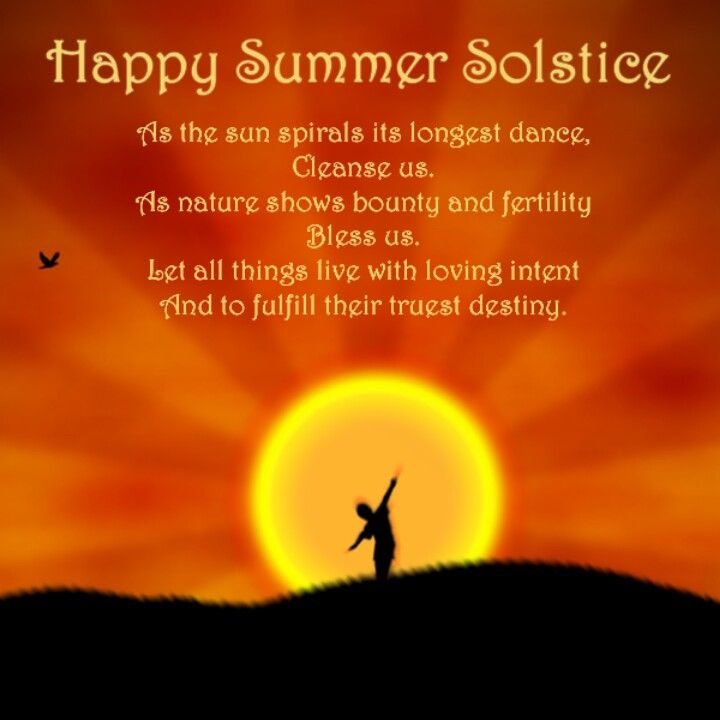

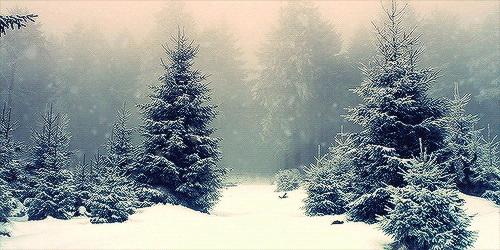

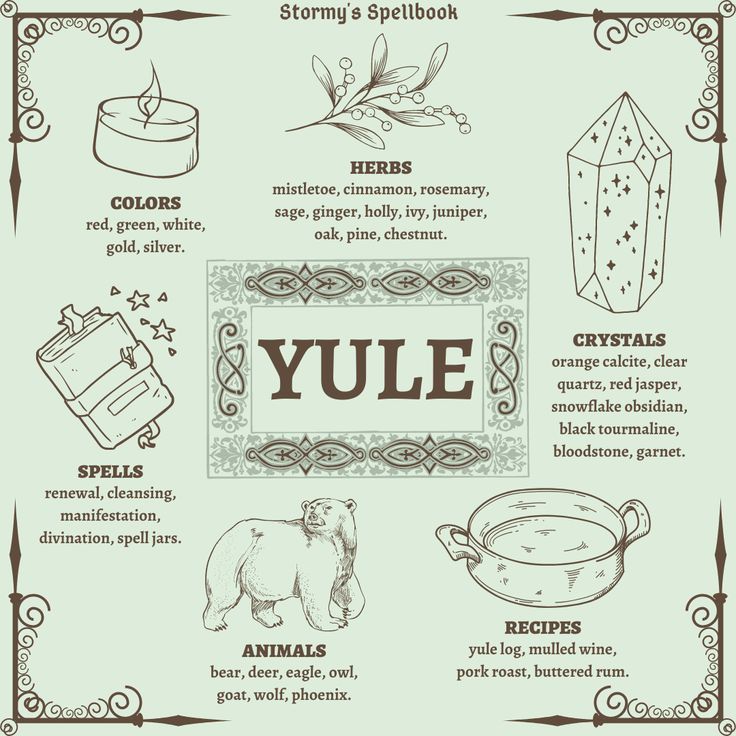



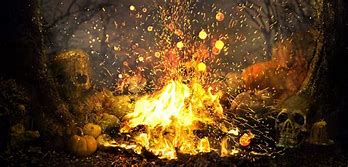

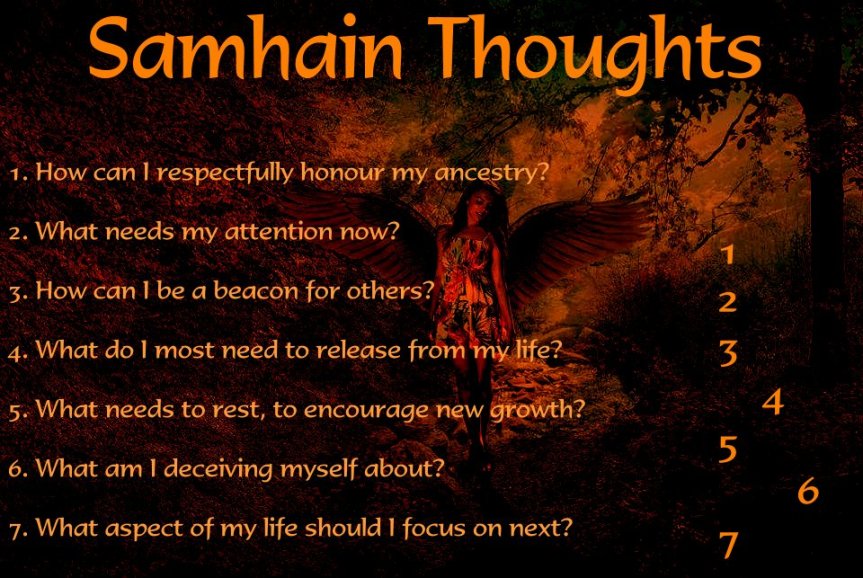
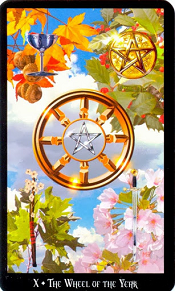

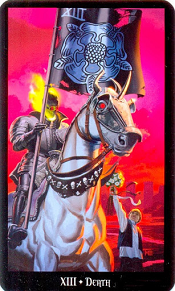
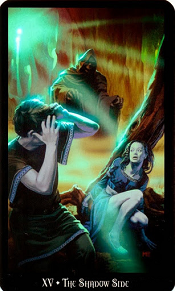

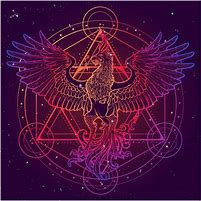
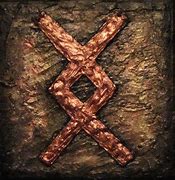
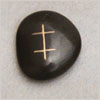





You must be logged in to post a comment.